Australian native plants are the foundation of a healthy, sustainable garden. Native trees, shrubs, and groundcovers support local wildlife and thrive in Australia’s climate. Choosing natives gives birds, bees, and butterflies food and shelter. These plants are drought-tolerant, low-maintenance, and resist local pests and diseases.
Planting Australian natives saves water and reduces the need for chemicals. Natives create tough gardens that look good all year. Flowering gums, bottlebrushes, Grevilleas, and Banksias come in many shapes and colours. These plants help maintain nature's balance and provide strong habitats for wildlife.
This guide shows the best Australian natives for attracting birds, bees, and other helpful insects. Learn how these plants can turn your garden into a wildlife haven while saving you time and effort.
1. Eucalyptus spathulata (Swamp Mallet)
Eucalyptus spathulata, or Swamp Mallet, is a tough small tree from southwest Western Australia. It has smooth, coppery bark, narrow silver-green leaves, and cream to pink flowers from autumn to spring. The flowers feed native bees and birds. This tree is drought- and frost-tolerant, low-maintenance, and great for windbreaks and soil stability. It provides shelter for birds and helps restore native habitats.
Key Features:
- Height: 4–8m
- Width: 3–5m
- Flowers: Cream to pink, autumn to spring
- Foliage: Narrow green leaves with silver highlights
Why It’s Special:
This species is a consistent nectar producer, attracting a wide range of native bees and birds across the flowering season. Its coloured bark adds year-round interest, making it both ornamental and ecologically beneficial.
Perfect Pair:
Pairs perfectly with Grevillea ‘Moonlight’ to extend nectar supply across seasons and add softness at ground level.
Tips for Planting:
Plant in full sun with well-drained soil. Water through establishment. Thrives in dry climates with low maintenance once mature.
Shop Eucalyptus spathulata now
2. Grevillea ‘Moonlight’
Grevillea ‘Moonlight’ is a large, bushy plant with fine green leaves and cream-white flowers most of the year. It attracts birds, butterflies, and native bees. This plant thrives in full sun, is drought-tolerant, and easy to prune for dense growth. It’s safe for family gardens and helps pollinators. Use as a screen, hedge, or feature plant.
Key Features:
- Height: 3–4m
- Width: 2–3m
- Flowers: Cream-white, most of the year
- Foliage: Fine, mid-green
Why It’s Special:
Grevillea ‘Moonlight’ is one of the most consistent nectar producers in its genus, drawing in birds and native bees almost year-round. It also works well as a screening shrub or informal hedge.
Perfect Pair:
Pairs perfectly with Leptospermum laevigatum to create a bird-friendly boundary with varied form and texture.
Tips for Planting:
Plant in full sun. Lightly prune after flowering to maintain shape and encourage continuous blooming.
Shop Grevillea ‘Moonlight’ now
3. Leptospermum laevigatum (Coastal Tea Tree)
Leptospermum laevigatum, or Coastal Tea Tree, is a hardy shrub or small tree native to southern Australia. It tolerates salt, wind, and poor sandy soils, making it ideal for coastal gardens. Dense foliage gives birds nesting spots. White flowers in spring feed native bees and butterflies. The roots help stop erosion. This plant is easy to care for and good for wildlife.
Key Features:
- Height: 3–6m
- Width: 3–5m
- Flowers: White, spring
- Foliage: Small, grey-green
Why It’s Special:
The small white flowers are highly attractive to native bees, wasps, and butterflies. Dense foliage provides nesting habitat and protection for small birds.
Perfect Pair:
Pairs perfectly with Grevillea ‘Moonlight’ because their varied heights and continuous flowers offer shelter and year-round nectar, benefiting a broad range of garden wildlife.
Tips for Planting:
Tolerates poor sandy soils and strong winds. Best in full sun with minimal care once established.
Shop Leptospermum laevigatum now
4. Corymbia ‘Wildfire’
Corymbia ‘Wildfire’ is a compact flowering gum with bright red flowers in summer. It suits small gardens and urban spaces. The flowers feed lorikeets, honeyeaters, and bees. This tree handles heat, drought, and many soils. Shallow roots make it safe near buildings. It adds summer colour and supports wildlife in cities.
Key Features:
- Height: 5–8m
- Width: 3–5m
- Flowers: Red, summer
- Foliage: Glossy green
Why It’s Special:
Its nectar-rich flowers are highly attractive to lorikeets, honeyeaters, and bees. Compact form makes it suitable for suburban blocks.
Perfect Pair:
Pairs perfectly with Banksia integrifolia for a long run of nectar-rich flowers and strong garden structure.
Tips for Planting:
Plant in full sun in sandy or loamy soil. Prune young trees to shape. Needs little care once established.
5. Corymbia citriodora (Lemon Scented Gum)
Corymbia citriodora, or Lemon Scented Gum, is a tall tree for big gardens or parks. It has smooth pale bark and leaves that smell like lemon. The leaves keep pests away and can be used in natural products. Cream flowers in summer feed native bees and insects. This tree gives birds shelter, helps soil, and is drought- and frost-tolerant once established.
Key Features:
- Height: 10–20m
- Width: 5–10m
- Flowers: Cream, summer
- Foliage: Lemon-scented, green
Why It’s Special:
The aromatic leaves deter pests, while flowers support summer foraging for bees. A favourite for open lawns and large landscapes.
Perfect Pair:
Pairs perfectly with Hakea bucculenta as their contrasting heights and flower colors attract different pollinators while visually enhancing large garden spaces.
Tips for Planting:
Plant in full sun with deep soil. Allow space for a mature canopy and height.
6. Banksia integrifolia (Coastal Banksia)
Banksia integrifolia, or or Coastal Banksia, is a tough tree that handles salt, wind, and drought. It suits coastal and low-care gardens. Yellow flower spikes from autumn to winter feed birds, bees, and small mammals. Big leaves offer shelter. This tree helps restore land, needs little care, and is great for attracting wildlife.
Key Features:
- Height: 5–15m
- Width: 3–6m
- Flowers: Yellow spikes, autumn to winter
- Foliage: Dark green above, silver underneath
Why It’s Special:
Its bold flowers feed birds and bees when few other natives are in bloom. Tolerates poor soils and high winds.
Perfect Pair:
Pairs perfectly with Callistemon viminalis for dense form and extended flowering.
Tips for Planting:
Plant in full sun. Great for coastal and easy-care gardens. Light pruning for shape..
7. Eucalyptus caesia ‘Silver Princess’
Eucalyptus caesia ‘Silver Princess’ is a small tree from Western Australia with weeping branches and blue-grey leaves. Its rose-pink flowers bloom from winter to spring and attract honeyeaters and bees. This tree suits small gardens and adds dramatic shape. Bark peels in ribbons for year-round interest. It’s drought-tolerant and needs little care once established.
Key Features:
- Height: 5–8m
- Width: 3–5m
- Flowers: Rose-pink, winter to spring
- Foliage: Blue-grey, silver stems
Why It’s Special:
Its pendulous branches produce striking blooms that are rich in nectar and adored by pollinators. Suits smaller gardens and courtyard spaces.
Perfect Pair:
Pairs perfectly with Eucalyptus leucoxylon rosea for a winter nectar display.
Tips for Planting:
Plant in full sun in well-drained soils. Stake to support young trunks.
Shop Eucalyptus ‘Silver Princess’ now
8. Callistemon viminalis (Weeping Bottlebrush)
Callistemon viminalis, or Weeping Bottlebrush, is a tough plant from eastern Australia. It has drooping branches, soft green leaves, and bright red bottlebrush flowers from spring to autumn. The flowers feed honeyeaters, lorikeets, and native bees. It handles many soils, frost, and drought. Use as a tree or shrub for screening, erosion control, or wildlife habitat. Prune after flowering for more blooms.
Key Features:
- Height: 4–6m
- Width: 3–5m
- Flowers: Red bottlebrush, spring to autumn
- Foliage: Mid-green, soft
Why It’s Special:
Nectar-rich and long-flowering, making it a magnet for birds and bees. Works well as a screen or feature.
Perfect Pair:
Pairs perfectly with Banksia integrifolia for strong structure and extra flowers.
Tips for Planting:
Plant in full sun. Handles frost and most soils. Prune after flowering for best shape.
Shop Callistemon viminalis now
9. Eucalyptus leucoxylon rosea (Pink Flowering Yellow Gum)
Eucalyptus leucoxylon rosea, or Pink Flowering Yellow Gum, is a medium tree from southeast Australia. It has a rounded canopy, grey-green leaves, and smooth bark. Pink flowers bloom from late summer to autumn, feeding birds, butterflies, and bees when other food is scarce. This tree suits many soils, handles dry periods, and is low-maintenance. It’s good for shade, shelter, and supporting wildlife in gardens.
Key Features:
- Height: 6–10m
- Width: 4–6m
- Flowers: Pale to mid-pink
- Foliage: Grey-green
Why It’s Special:
Supports a wide range of nectar feeders during cooler months. Its smooth bark and tidy habit make it a landscape-friendly choice.
Perfect Pair:
Pairs perfectly with Grevillea ‘Moonlight’ or smaller shrubs, such as Correa, for a layered habitat.
Tips for Planting:
Plant in the sun. Tolerates dry periods once established. Suits clay and loamy soils.
Shop Eucalyptus leucoxylon rosea now
10. Hakea bucculenta
Hakea bucculenta is a hardy shrub from Western Australia. It has orange-red flower spikes from winter to spring. These flowers are full of nectar and attract honeyeaters, bees, and other pollinators when few other plants bloom. The shrub has narrow grey-green leaves and upright growth that gives shelter to small birds. It thrives in sandy or gravelly soils, is drought-tolerant, and is great for low-water gardens. Its dense growth and bold flowers make it stand out in native gardens.
Key Features:
- Height: 3–6m
- Width: 2–4m
- Flowers: Orange-red spikes, winter to spring
- Foliage: Narrow, grey-green
Why It’s Special:
Produces some of the boldest winter flowers of any native species. Loved by birds and bees alike.
Perfect Pair:
Pairs perfectly with Corymbia ‘Wildfire’ for warm-toned seasonal colour and pollinator support.
Tips for Planting:
Plant in full sun in well-drained soil. Avoid heavy clay. Water until established.
Final Thoughts
By choosing Australian native plants for your garden, you are creating a beautiful, low-maintenance landscape that supports native birds, bees, and pollinators. Every native plant you add helps increase biodiversity, attract wildlife, and foster a sustainable, eco-friendly environment right at home. Whether you are new to native gardening or an experienced gardener, selecting drought-tolerant, pollinator-friendly plants ensures your Australian garden thrives all year round. Enjoy the rewards of a flourishing wildlife garden filled with colorful flowers, beneficial insects, and the unmistakable beauty of Australia’s native flora.


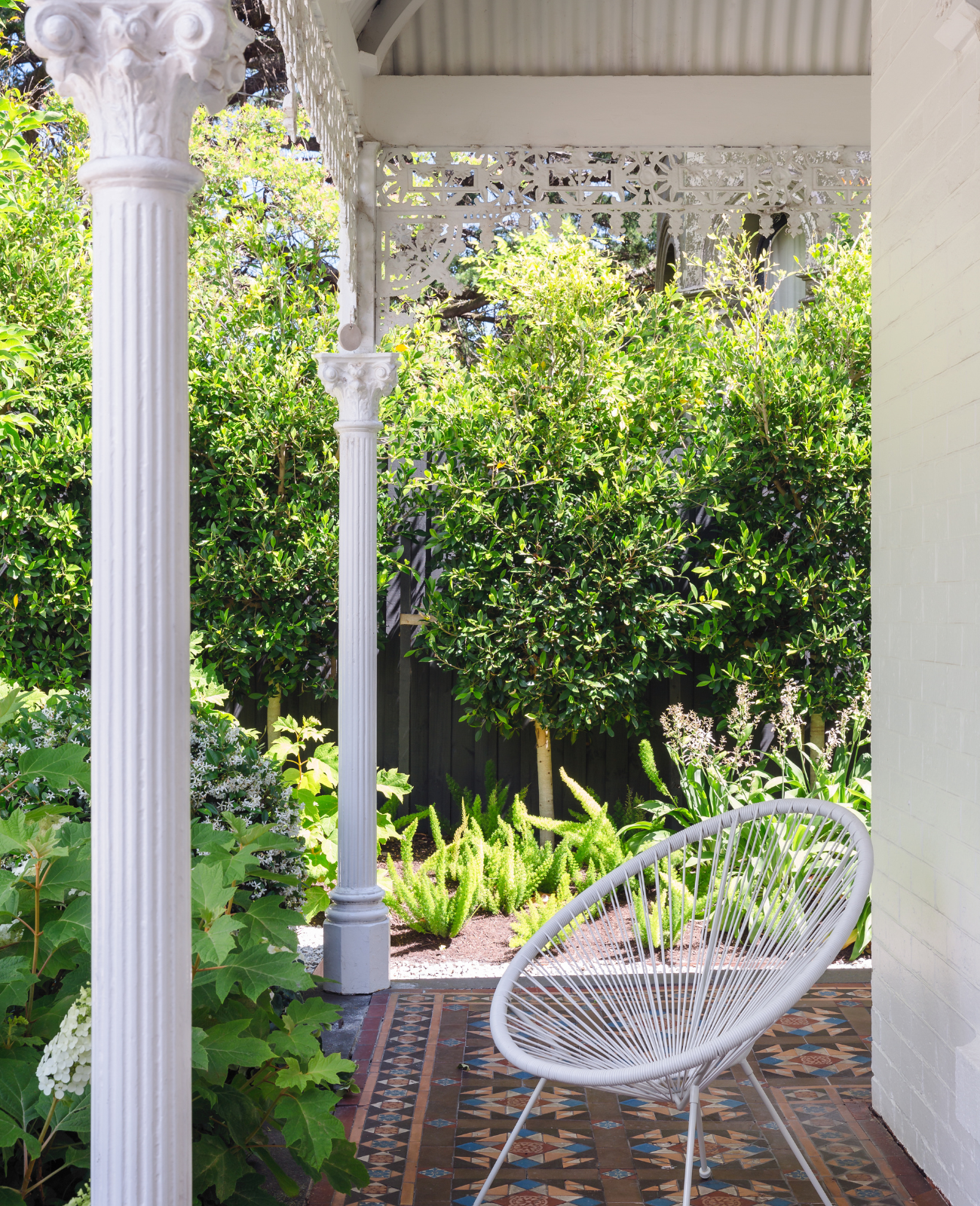
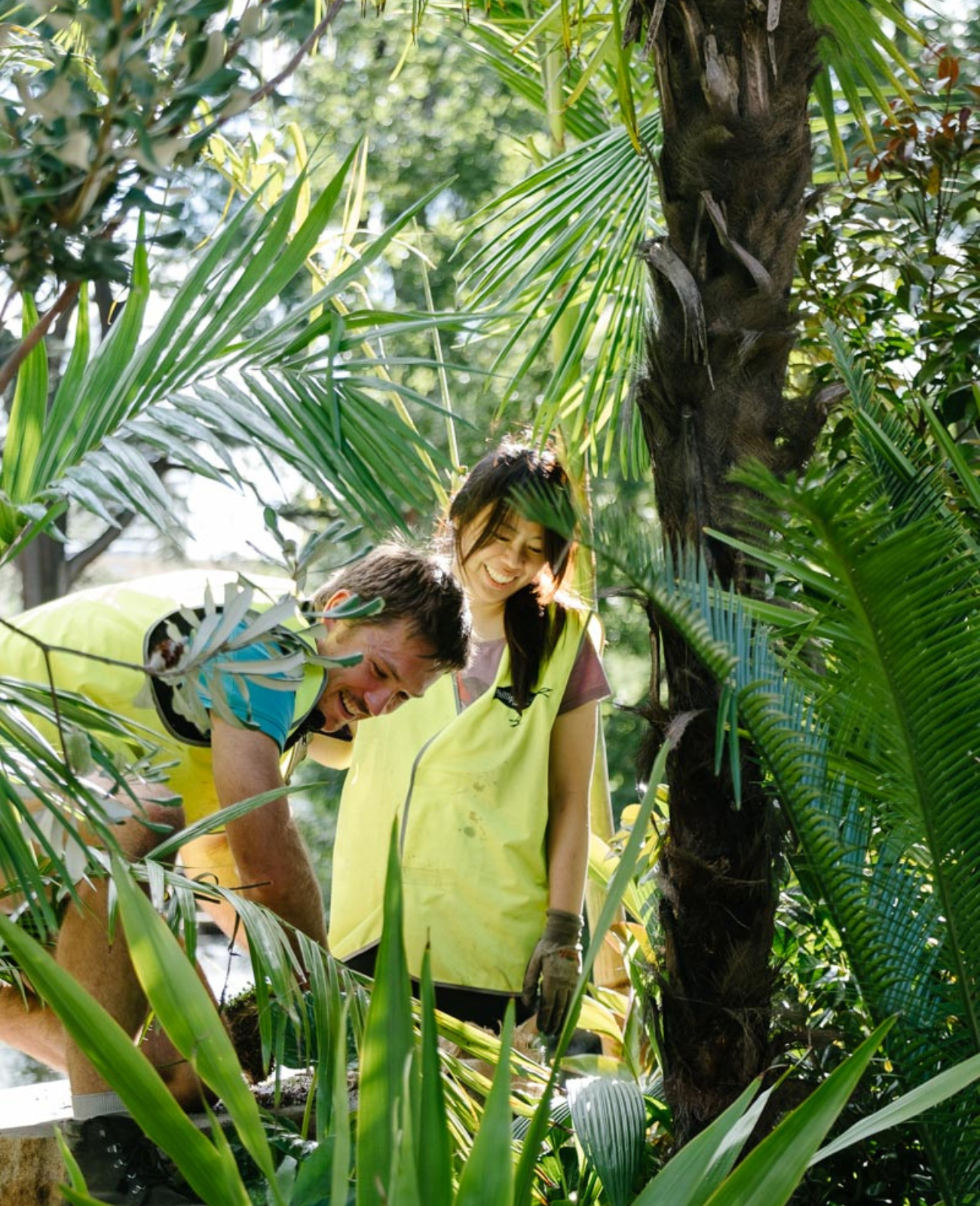

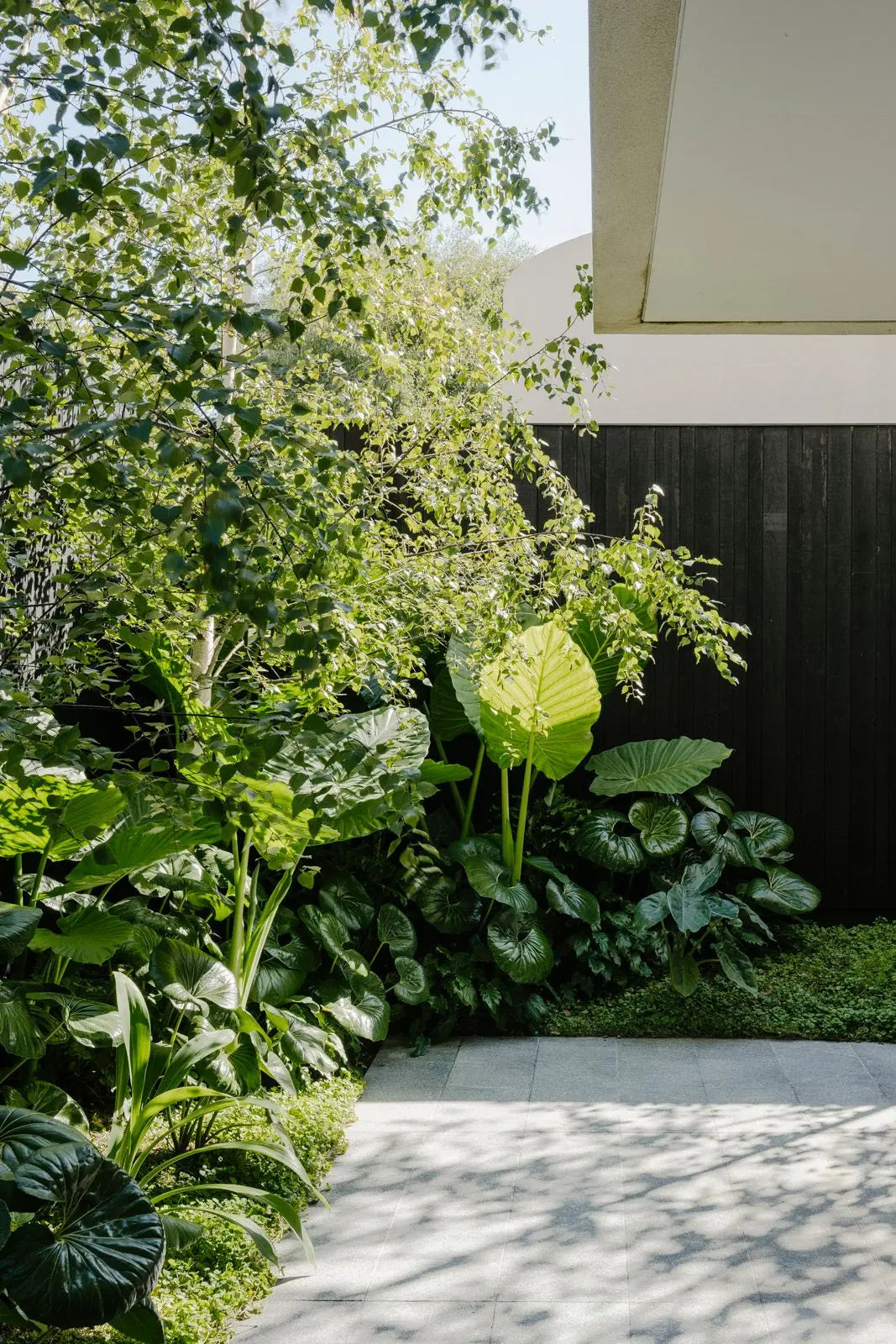

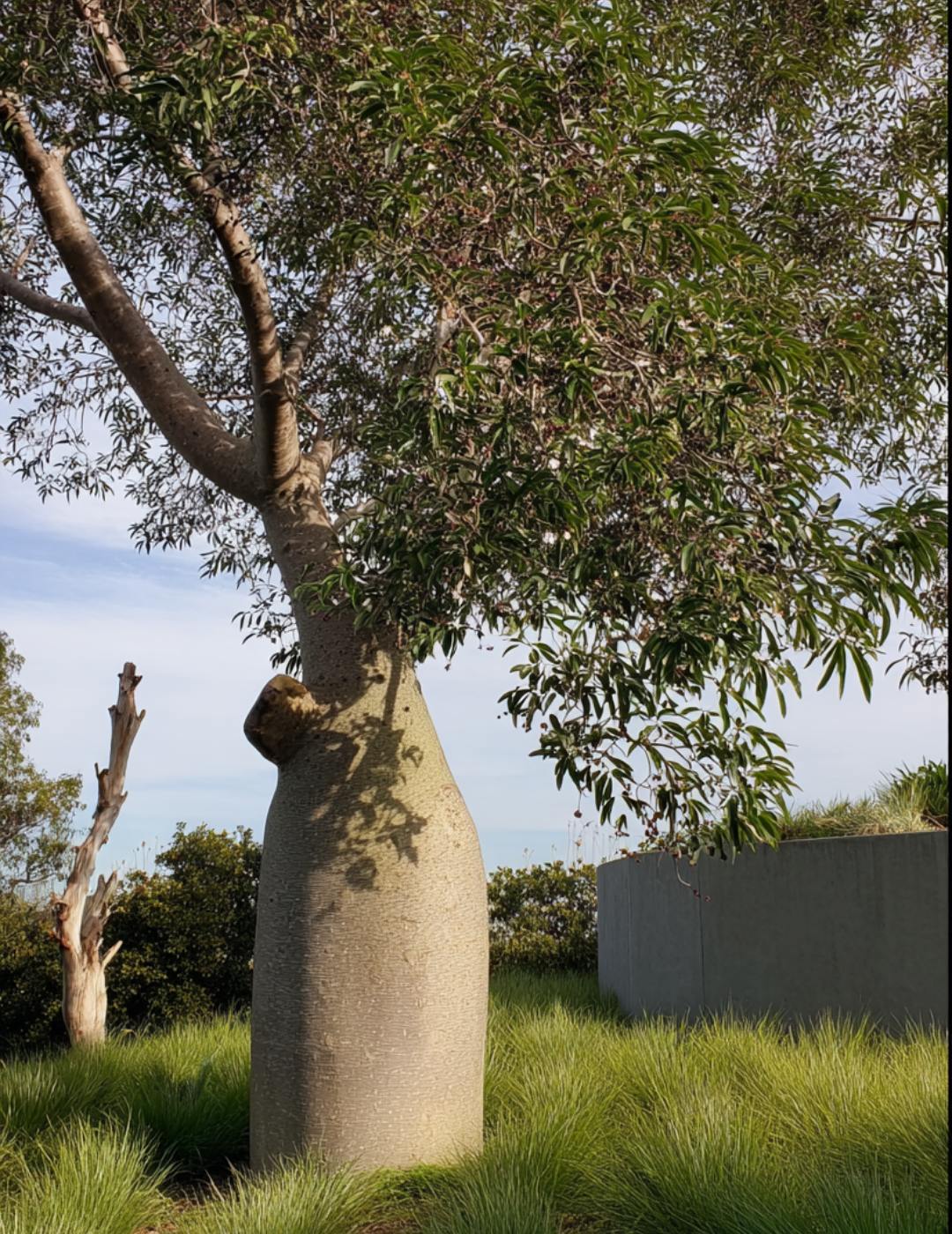
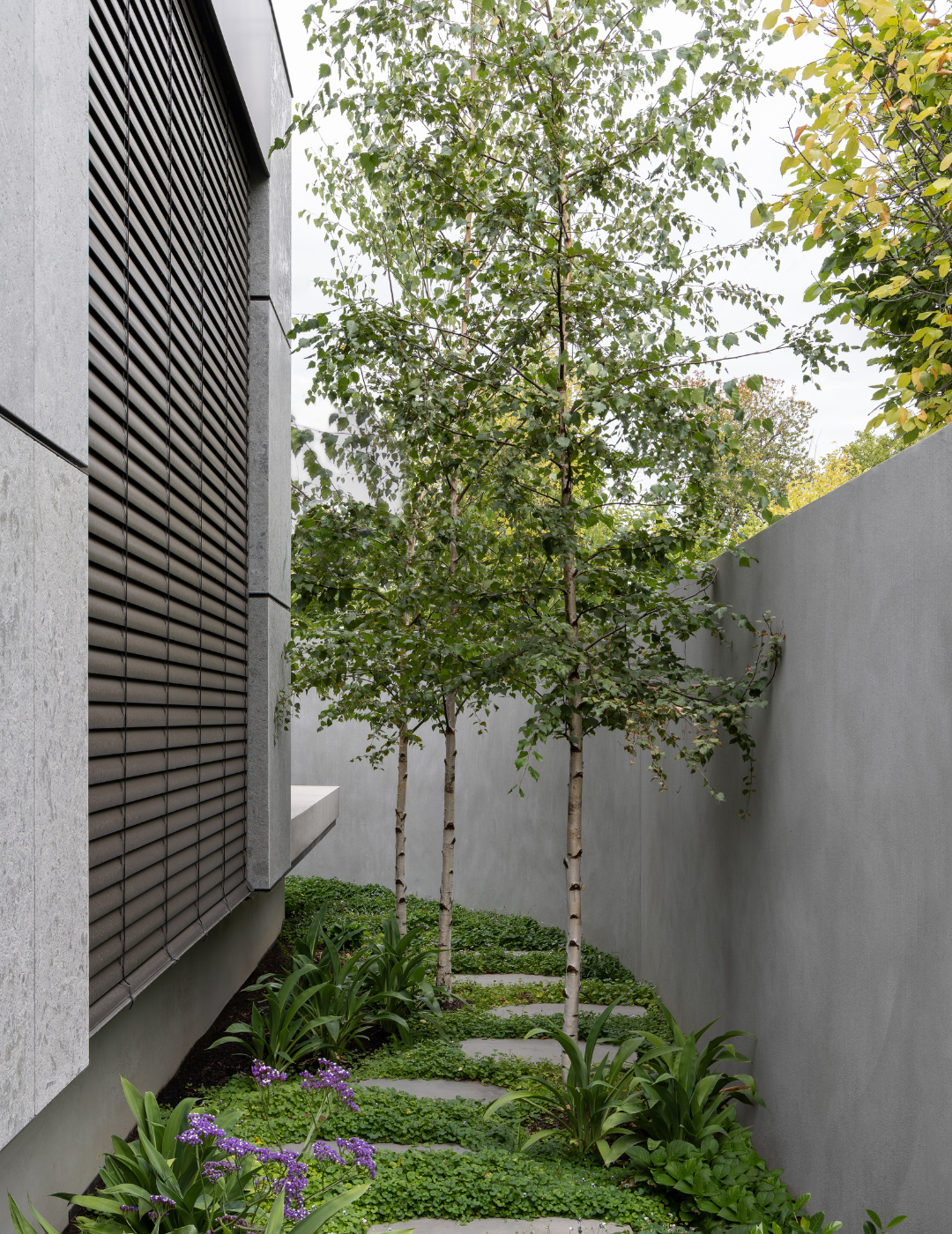





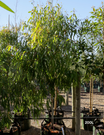
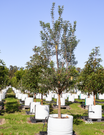
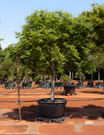
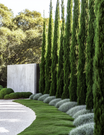

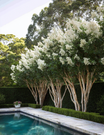
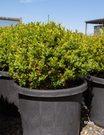
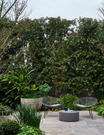
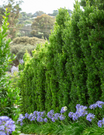
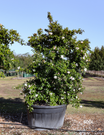

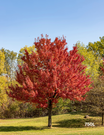

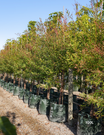

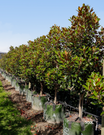
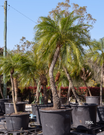

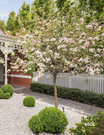














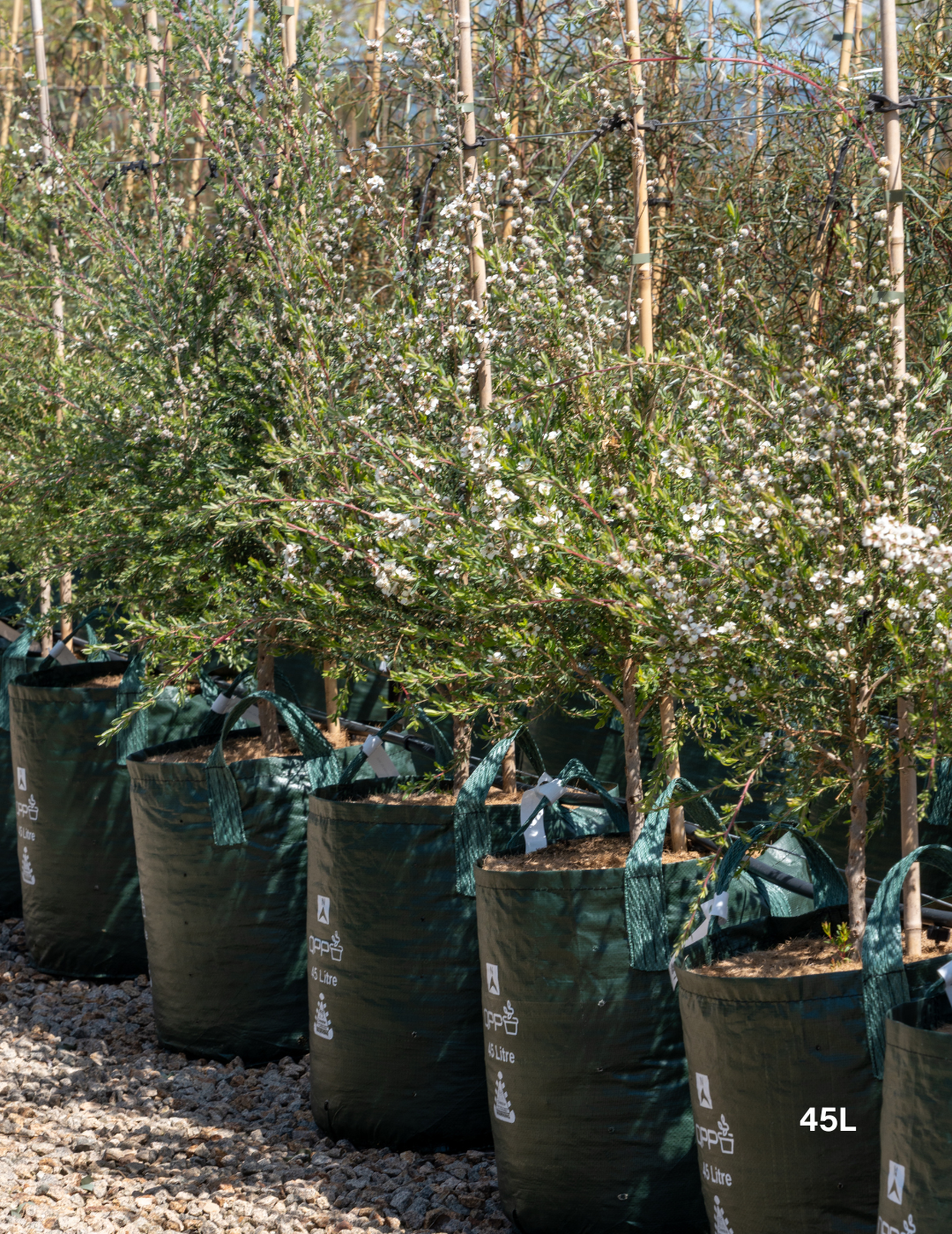

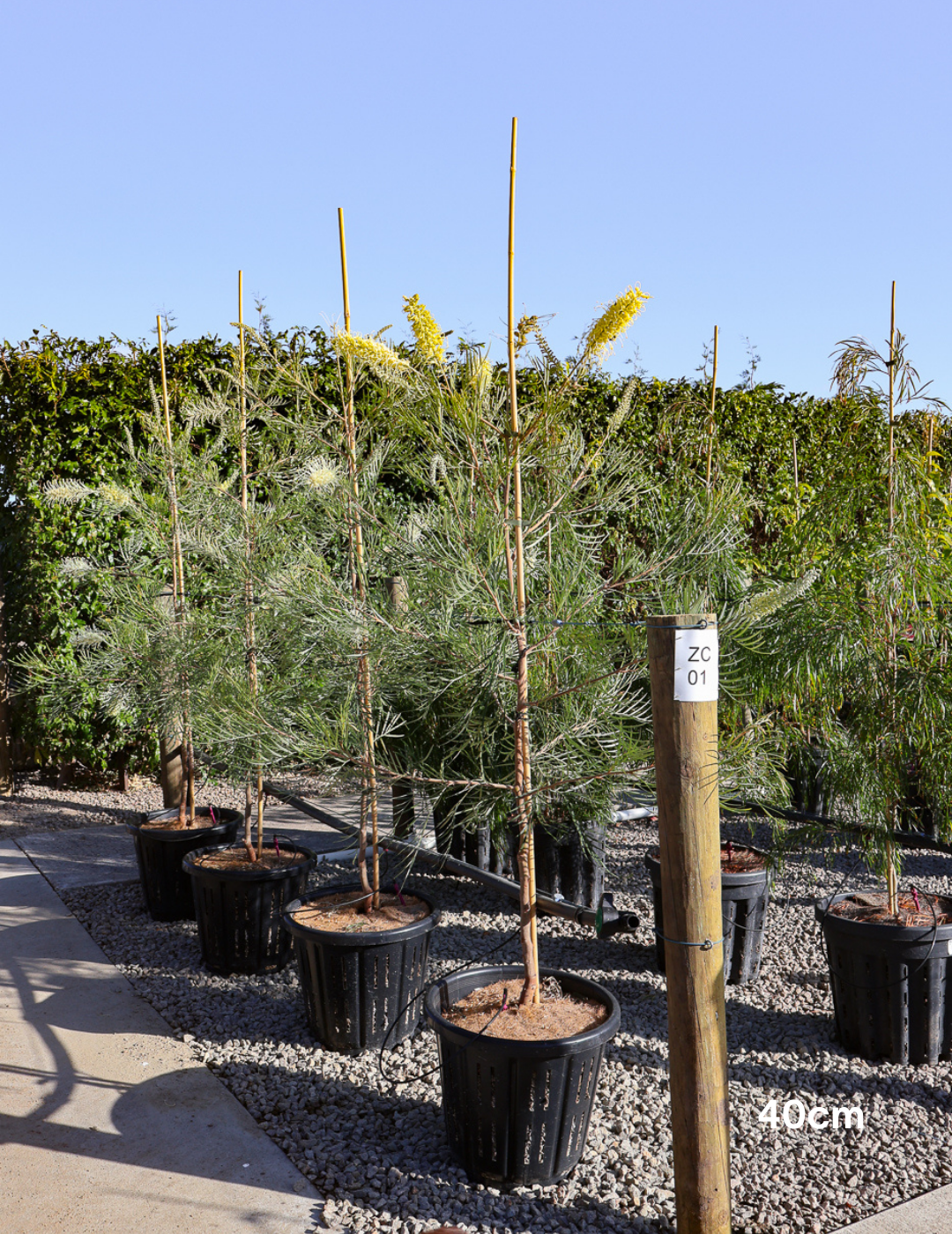

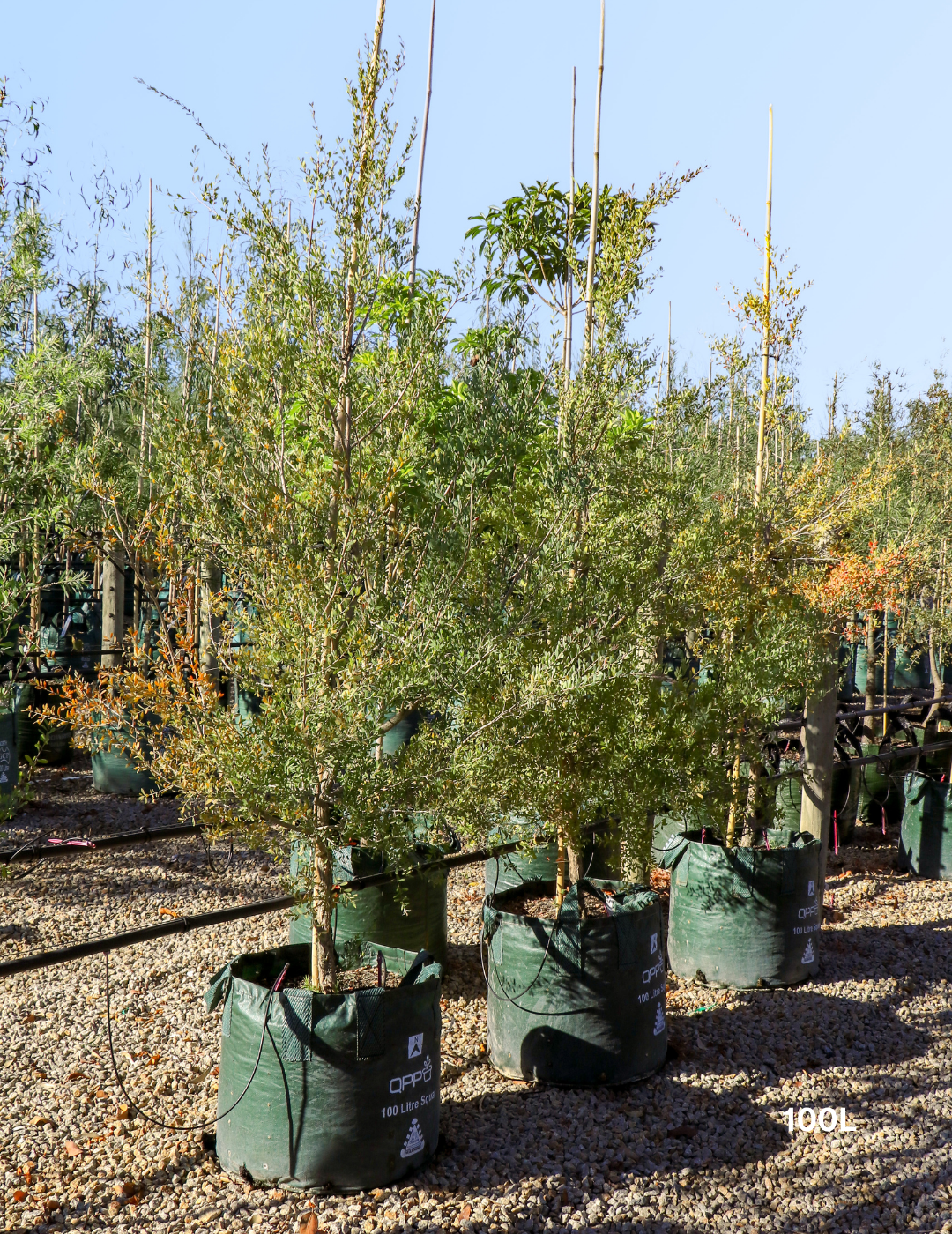
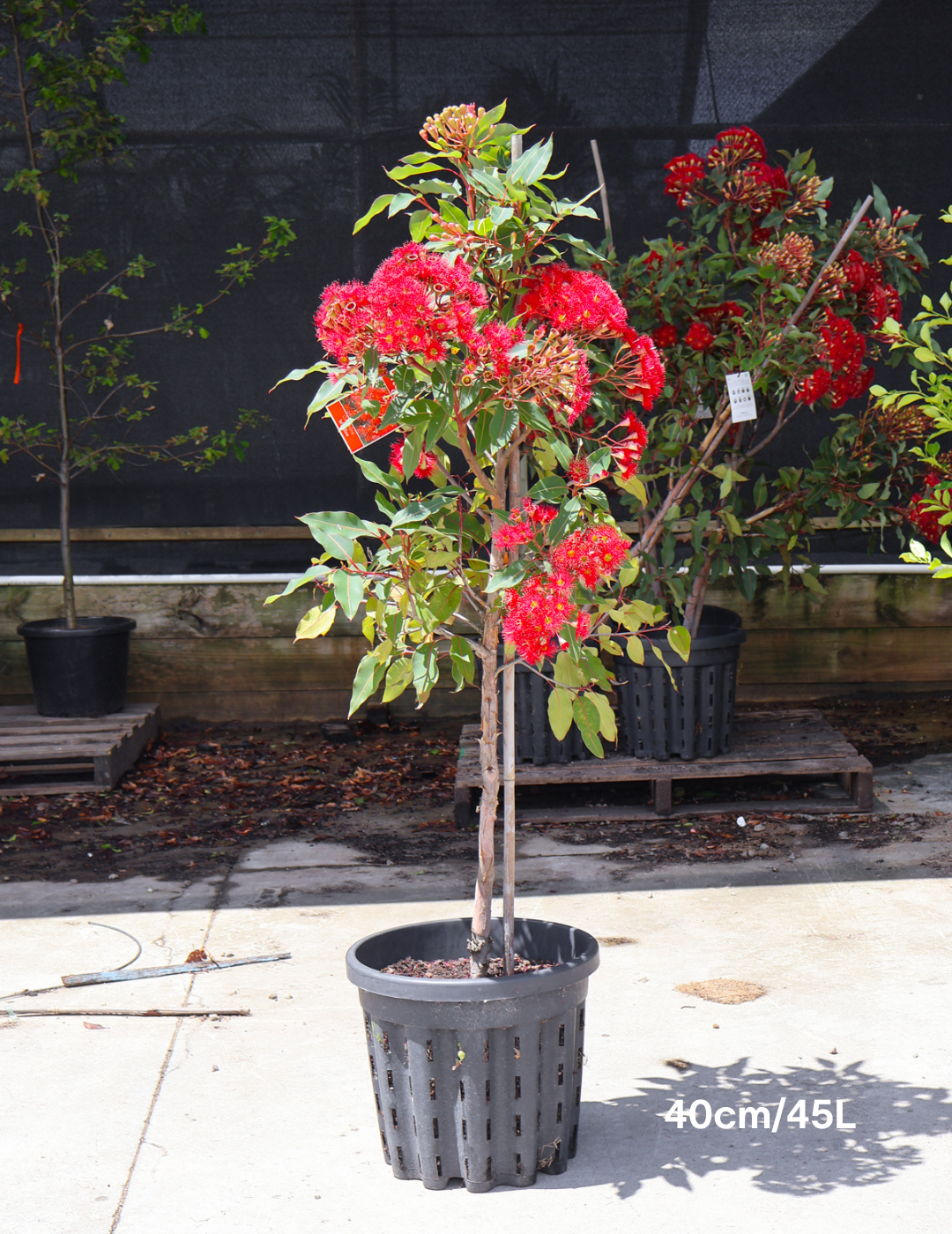
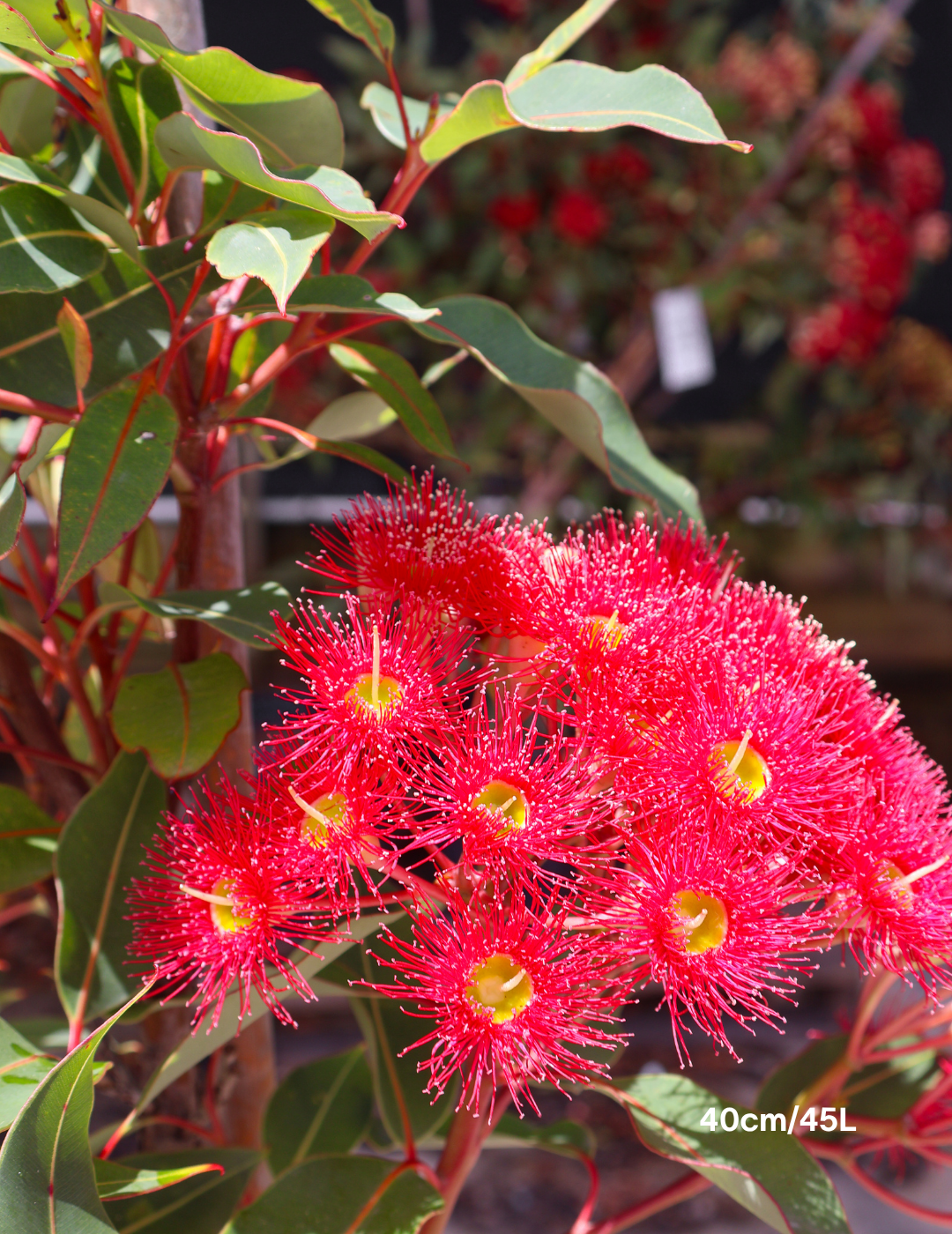

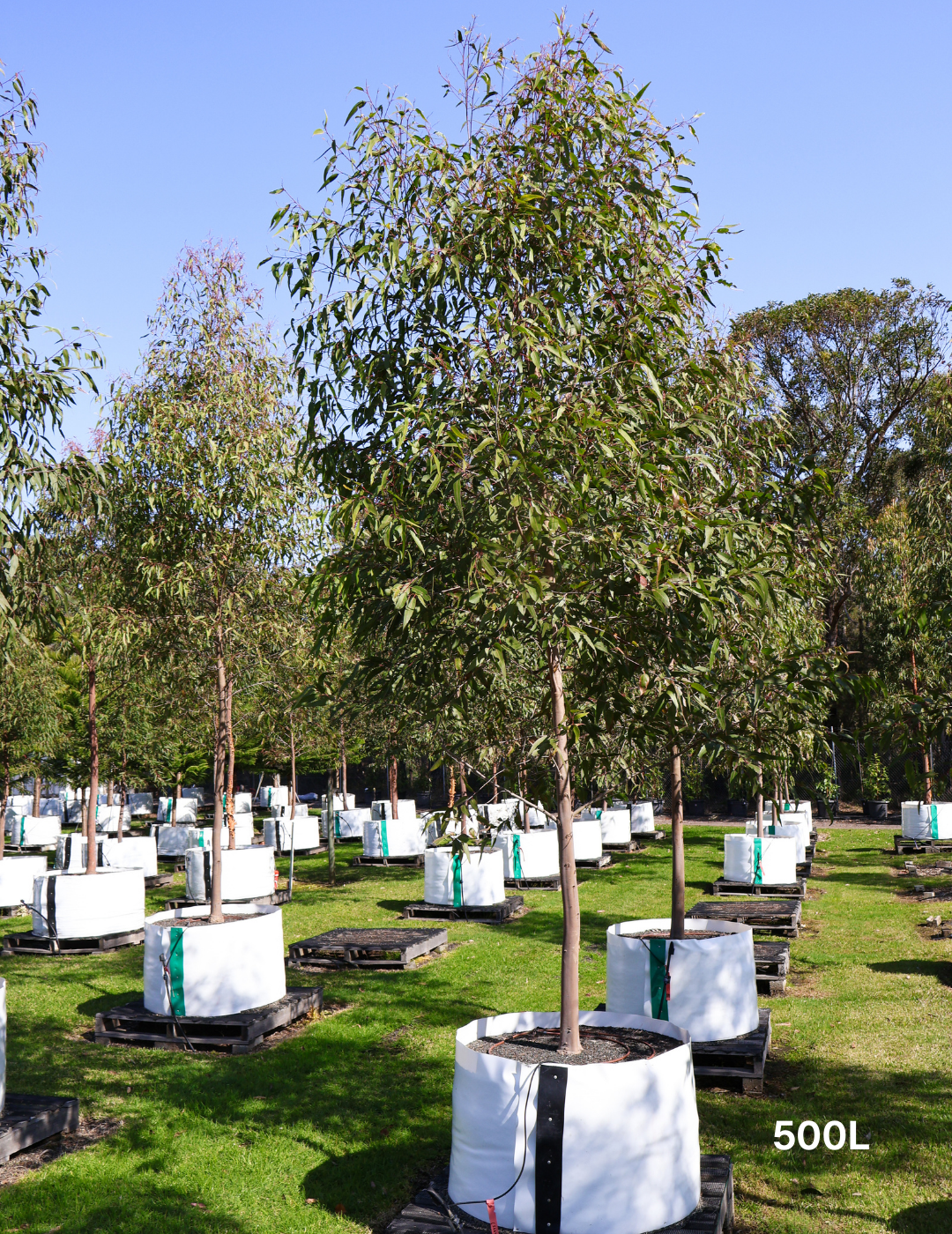
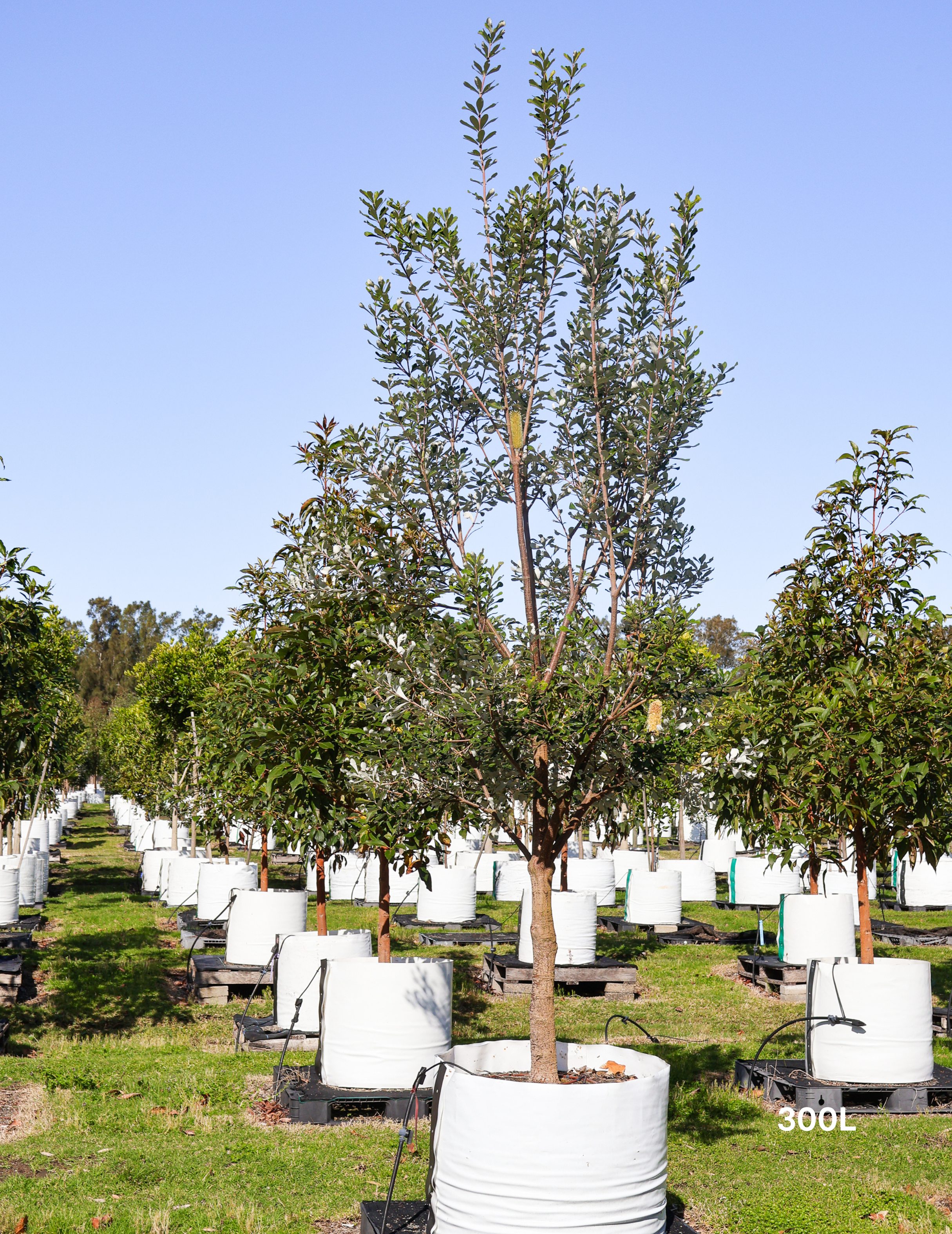
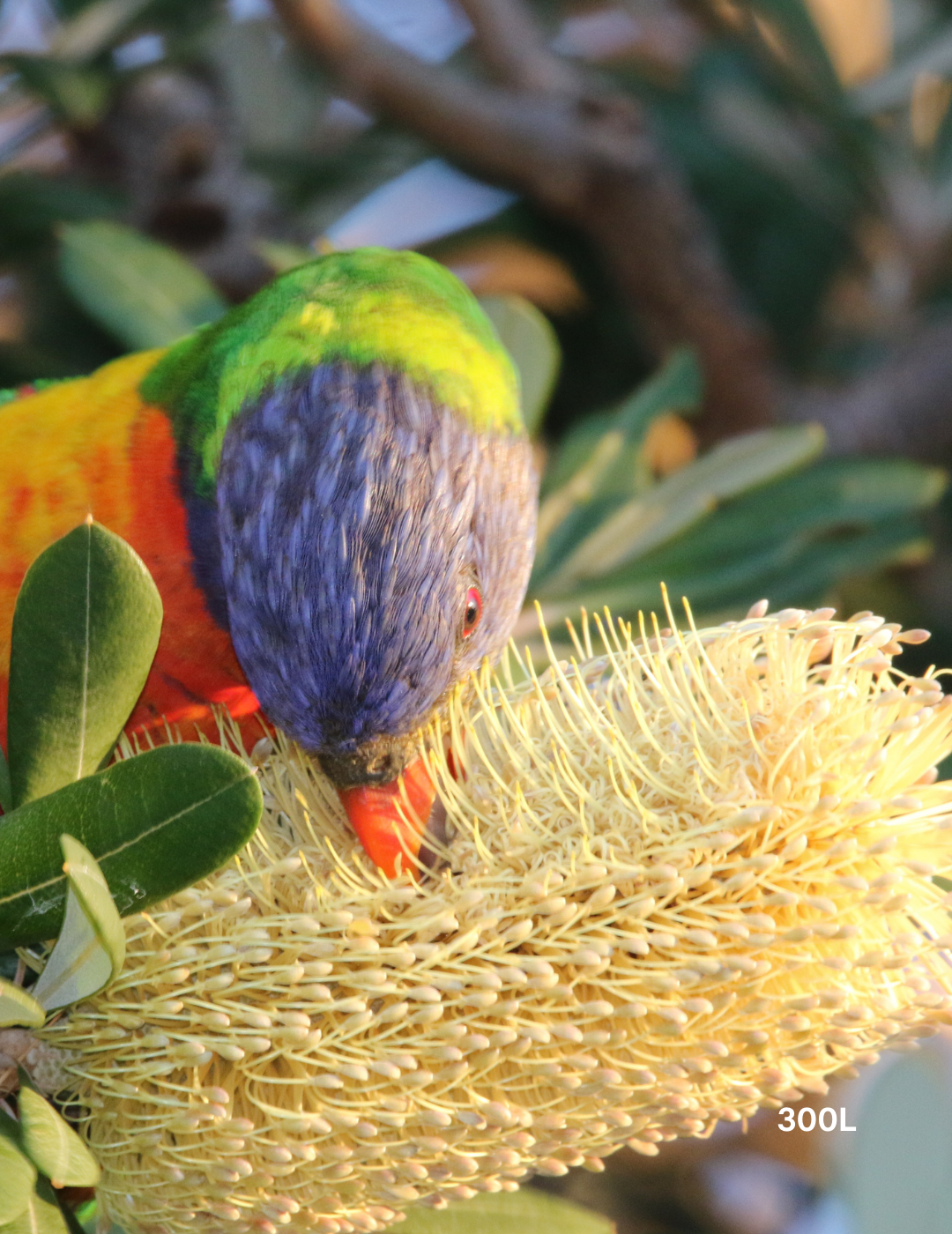
Leave a comment
This site is protected by hCaptcha and the hCaptcha Privacy Policy and Terms of Service apply.